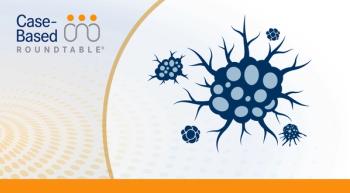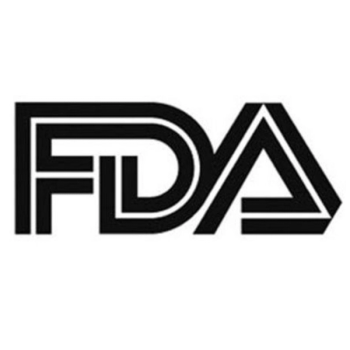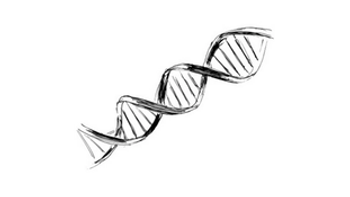
Use of Olaratumab for STS for Undifferentiated Pleomorphic Sarcoma in the Retroperitoneum
Mark Agulnik, MD:Olaratumab is a new drug that is different than the classic chemotherapeutics that we have because it is what we would call a targeted agent. It’s a monoclonal antibody that specifically will target PDGFR-α, otherwise known as platelet derived growth factor receptor alpha.
This is a great situation of a young patient with an unresectable, high-grade, pleomorphic sarcoma that would derive benefit from the latest therapeutics that are available, and the best data that we have available. When we’re looking to improve survival, improve or maintain quality of life, one would need to look at what is the latest drug available, and that would be a drug of olaratumab. In the clinical trials, olaratumab was used in conjunction with doxorubicin, otherwise known as adriamycin. The drugs were given together over eight cycles at 21-day intervals, and subsequent to that, olaratumab was maintained as a maintenance therapy following completion of the adriamycin-based chemotherapy. For this patient, that would be a very reasonable and first-line therapy that one should consider.
If we look at the data from the phase Ib and the phase II studies of olaratumab with doxorubicin in combination, we’re looking at more than 130 patients treated with this regimen. We see, that when we compare the regimen to single-agent doxorubicin, the toxicity profile is quite similar. What we do see is that there is a higher level of certain toxicities, including mucositis and neutropenia. But, what we don’t actually see is that the grade 3 or 4 toxicities, which perhaps are more concerning for our patient population, are not actually increased with the combination therapy.
Case 1:
- The patient is a 36 year-old Caucasian man, referred to a center of excellence after diagnosis of a high-grade undifferentiated pleomorphic sarcoma located in the retroperitoneum.
- The tumor is large (8 cm), deeply seated, and unresectable because of its location and invasion of major vascular structures.
- His performance status is 0.










































